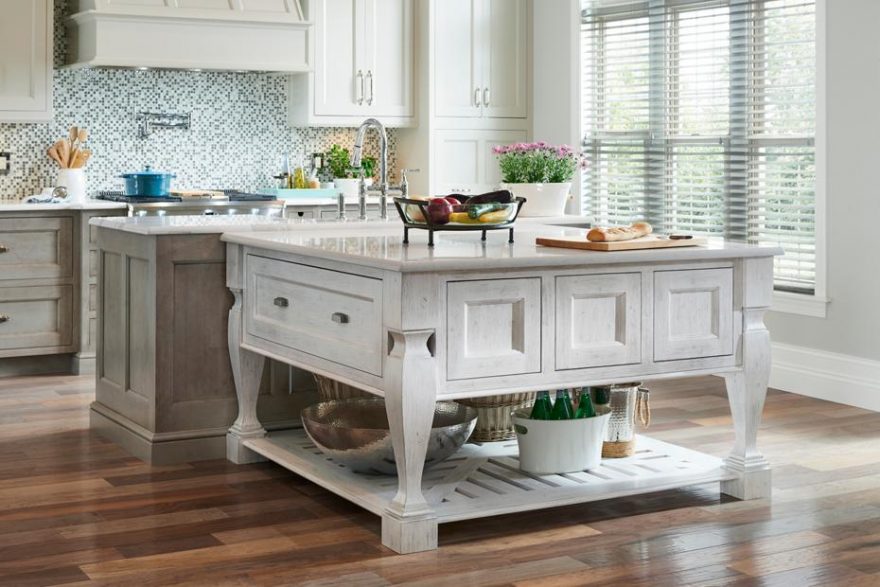Attain the Perfect Balance of Kind and Feature with Legs For Kitchen Island
Attain the Perfect Balance of Kind and Feature with Legs For Kitchen Island
Blog Article
A Guide to Selecting the Perfect Legs For Cooking Area Island for Your Home
Picking the excellent legs for your kitchen island is a nuanced decision that influences both the functionality and visual appeal of this main room. As you take into consideration these components, it comes to be noticeable that the ideal legs can change not just the look of your kitchen yet also its use for years to come.

Recognizing Kitchen Area Island Legs
When picking legs for a kitchen area island, it's important to recognize their aesthetic and useful functions in the total design. The legs offer as a crucial assistance system, guaranteeing security and resilience for the island, which commonly works as a work space, dining area, or gathering place. For that reason, the selection of material and building method must be robust adequate to endure daily usage and possible wear.
In addition to their architectural responsibilities, legs contribute substantially to the island's aesthetic allure. They can enhance the kitchen's style, whether with standard, modern, or diverse layouts. The elevation and percentage of the legs are also vital considerations; they need to balance with the island's kitchen counter elevation while making certain comfy seating for those using the space.
Furthermore, the leg style can affect the total circulation of the kitchen. Open, airy leg styles can create a sense of agility, while strong, significant legs might share an extra grounded and steady aesthetic - Legs For Kitchen Island. Understanding these aesthetic and useful facets will direct home owners in making educated selections that enhance their cooking area's layout and boost its functionality
Popular Styles and Materials
The choice of legs for a cooking area island includes a selection of popular designs and materials, each offering one-of-a-kind attributes that can boost both performance and visual appeals. Typical legs generally display ornate information and workmanship, enhancing timeless kitchen area layouts.

Elevation and Stability Considerations

The legs of the cooking area island ought to offer appropriate support, guaranteeing that the structure can hold up against everyday use without tottering or changing. Material option plays a significant duty in security; metal legs, for instance, often tend to offer better stamina compared to wood.
Matching Your Cooking Area Visual
Picking the best legs for your kitchen island goes beyond performance; it also plays a substantial function in the overall visual of the room. When choosing legs, consider the design style of your kitchen area. For a modern appearance, streamlined metal or minimalist layouts can develop a tidy, contemporary vibe. On the various other hand, rustic or standard cooking areas commonly take advantage of wood legs with detailed detailing or a troubled surface, improving warmth and personality.
Shade is another crucial variable. Legs that enhance or comparison with your island's surface area and surrounding cabinetry can produce visual harmony or striking focal factors. As an example, matching dark timber legs with a light marble kitchen counter can include deepness and passion. Furthermore, take into consideration the surface of the legs; matte, glossy, or textured finishes can significantly affect the total feel of the cooking area.
Setup and Maintenance Tips
Installing cooking area island legs needs careful focus to detail to make sure both stability and aesthetic allure. Begin by choosing an ideal location for your island, guaranteeing it is level and has ample room for activity. Use a stud finder to situate wall studs if you are affixing the legs to a wall or more using braces for included support. Mark the placement of the legs precisely prior to boring.
When safeguarding the legs, use high-grade screws and, if needed, timber glue for extra stamina. For steel legs, make sure that you are making use of appropriate anchors and tools to avoid damages to your floor covering. It is advisable to inspect for levelness after installation, making modifications as required to stay clear of tottering.
Maintenance is just as vital for durability - Legs For Kitchen Island. Frequently inspect the legs for any kind of signs of wear or loosening, particularly in high-traffic areas. Tidy the legs with an ideal cleaner, avoiding abrasive products that might scrape the surface area. For wood legs, take into consideration using a timber conditioner regularly to preserve their surface. By complying with these setup and maintenance pointers, you can make certain that your cooking area island legs continue to be both useful and aesthetically appealing.
Final Thought
In conclusion, selecting the ideal legs for a kitchen area island demands careful factor to consider of height, security, and visual compatibility. Eventually, thoughtful leg check out here selection plays an essential role in boosting both the practicality and style of the cooking area area.
When choosing legs for a kitchen area island, it's important to comprehend their aesthetic and functional duties in the general style. Open, ventilated leg designs can create a sense of lightness, while solid, significant legs might convey a more grounded and steady visual. The legs of the kitchen island need to offer ample support, making sure that the framework can endure day-to-day use without moving or tottering.Setting up kitchen area island legs calls for mindful focus to detail to make certain both security and visual appeal.In conclusion, picking the appropriate legs for a kitchen area island requires cautious factor to consider of height, stability, and aesthetic compatibility.
Report this page